Complete Guide to Bunk-Bed Guardrail Safety: Understanding the New Safety Codes
Table Of Contents
- Understanding Bunk-Bed Guardrail Safety
- Overview of the New Safety Codes for 2026
- Key Changes in Guardrail Requirements
- The Importance of Proper Guardrails
- Compliance Timeline for Manufacturers and Retailers
- How to Check if Your Existing Bunk Bed Meets Safety Standards
- Retrofitting Options for Older Bunk Beds
- What to Look for When Buying a New Bunk Bed
- Proper Installation and Maintenance of Guardrails
- Loft Home's Commitment to Safety
- Frequently Asked Questions
Safety should never be compromised when it comes to furniture that your children use daily. Bunk beds, while space-efficient and beloved by kids, present unique safety challenges that require careful attention to design and construction. With the announcement of new safety codes set to take effect in 2026, parents and homeowners need to understand what these changes mean and how they'll impact both existing and future bunk bed purchases.
At Loft Home Furniture, we believe that staying informed about safety standards is part of responsible furniture ownership. The upcoming changes to bunk bed guardrail requirements represent significant improvements in child safety protocols and deserve a closer look. This comprehensive guide will walk you through everything you need to know about the new 2026 safety codes for bunk bed guardrails, helping you ensure your home furnishings provide both comfort and protection for your family.
Complete Guide to Bunk-Bed Guardrail Safety
Understanding the New Safety Codes Taking Effect in 2026
Implementation Timeline
January 2025
Transition period begins; manufacturers can start producing compliant beds
January 2026
All newly manufactured bunk beds must fully comply with updated requirements
July 2026
Retailers' deadline to sell through any inventory meeting previous standards
Key Changes to Guardrail Requirements
Reduced Gap Size
Current
4″
New
3.5″
Maximum allowable gaps between guardrail components
All-Side Protection
Guardrails now required on ALL FOUR SIDES of the upper bunk, including the wall side
Eliminates previous exception for wall-side positioning
Enhanced Durability
More rigorous strength testing to ensure guardrails withstand greater force
Designed to remain effective even under unusual stress conditions
How to Check Your Existing Bunk Bed
Measure Guardrail Height
Should extend at least 5" above mattress (current) or 6.5" (new standard)
Inspect for Gaps
No gap should exceed 4" (current) or 3.5" (new standard)
Test Structural Integrity
Apply moderate pressure to ensure guardrails are firmly attached
Check Wall-Side Gap
Wall-side gap should be less than 3" if no guardrail is present (current standard)
Essential Bunk Bed Safety Tips
Age Recommendation
Children under 6 years old should not sleep in the upper bunk
Regular Inspections
Check all guardrail attachments periodically and tighten any loose components
Mattress Thickness
Use only recommended mattress thickness to maintain proper guardrail height
No Playing
Discourage jumping, rough-housing, or climbing on guardrails
Ready to Upgrade Your Bunk Bed Safety?
Loft Home Furniture offers bunk beds that already meet or exceed the upcoming 2026 safety standards.
Understanding Bunk-Bed Guardrail Safety
Bunk bed guardrails serve as the primary safety feature preventing falls during sleep or play. These critical components are designed to create a physical barrier along the elevated sleeping surface, particularly important since children may move considerably during sleep without awareness of height dangers.
Historically, bunk bed safety standards have evolved in response to injury data collected by safety organizations. According to the Consumer Product Safety Commission (CPSC), thousands of children require emergency treatment each year due to bunk bed-related injuries, with falls accounting for the majority of these incidents. This ongoing safety concern has prompted regulatory bodies to periodically revise and strengthen safety requirements.
The current standards (prior to the 2026 update) require guardrails on both sides of the upper bunk, with the exception that the wall-facing side doesn't require a guardrail if the gap between the bed and wall is less than 3 inches. These guardrails must extend at least 5 inches above the mattress surface to prevent roll-offs during sleep.
Overview of the New Safety Codes for 2026
The new safety codes scheduled for implementation in 2026 represent the most comprehensive update to bunk bed safety regulations in over a decade. These regulations have been developed through extensive testing, injury data analysis, and consultation with child safety experts to address vulnerabilities in existing designs.
The updated standards will apply to all new bunk beds manufactured or imported for sale in the market, regardless of whether they're designed for home or institutional use. This universal application ensures consistent safety levels across all settings where children might use bunk beds.
One of the most significant aspects of the new codes is their development through a collaborative process involving manufacturers, safety advocates, and regulatory authorities. This collaborative approach has resulted in standards that balance practical manufacturing considerations with optimal safety outcomes.
Key Changes in Guardrail Requirements
The 2026 safety codes introduce several critical changes to guardrail specifications that directly address the most common injury scenarios:
Increased Minimum Height Requirements
The new standards will increase the minimum height requirement for guardrails from the current 5 inches above the mattress to 6.5 inches. This additional height provides better protection against roll-off incidents, particularly for older children who may move more vigorously during sleep.
Enhanced Gap Restrictions
The maximum allowable gaps between guardrail components will be reduced to prevent entrapment hazards. The new standards specify that any gap in the guardrail structure must not exceed 3.5 inches, down from the previous 4-inch allowance. This reduction specifically addresses scenarios where children have attempted to climb through guardrail openings.
Mandatory Guardrails on All Sides
Perhaps the most significant change is the new requirement for guardrails on all four sides of the upper bunk, including the wall side. Even when a bunk is positioned against a wall, a full guardrail will now be required, eliminating the previous exception that allowed for no guardrail when the gap between the bed and wall was minimal.
Strengthened Durability Testing
The 2026 standards include more rigorous durability and strength testing requirements for guardrails. Manufacturers must now demonstrate that guardrails can withstand greater force without failure, ensuring they remain effective even under unusual stress conditions such as a child leaning or jumping against them.
The Importance of Proper Guardrails
Guardrails represent more than just a regulatory requirement—they're a critical safety system that protects sleeping children from potentially serious injuries. The elevation of upper bunks, typically around 5-6 feet from the floor, means that falls can result in significant trauma including fractures, head injuries, and in rare cases, more severe outcomes.
Children between the ages of 3 and 10 are particularly vulnerable to bunk bed injuries. During this developmental stage, they may have the mobility to climb to the upper bunk but lack the consistent awareness of safety boundaries during sleep or play. Proper guardrails provide an essential physical reminder and barrier that compensates for this developmental gap.
Beyond preventing falls during sleep, effective guardrails also discourage risky play behaviors such as jumping from the top bunk or using the rails for climbing games. The structural integrity requirements in the new codes address these real-world usage patterns that extend beyond the bed's primary sleeping function.
Compliance Timeline for Manufacturers and Retailers
The new safety standards will follow a phased implementation approach, giving manufacturers and retailers adequate time to adapt designs and clear inventory:
Beginning January 2025, manufacturers will enter a transition period where they can begin producing bunk beds that meet the new standards while still being permitted to sell existing inventory. By January 2026, all newly manufactured bunk beds must fully comply with the updated requirements. Retailers will have until July 2026 to sell through any remaining inventory that meets the previous standards.
For consumers, this timeline means that bunk beds purchased after mid-2026 will automatically comply with the enhanced safety features. However, beds purchased before this date may adhere to the older standards, which, while still providing basic protection, won't include the improved safety elements of the new code.
How to Check if Your Existing Bunk Bed Meets Safety Standards
If you already own a bunk bed, you may be wondering how to evaluate its safety in light of the upcoming changes. While older beds won't automatically become unsafe when the new standards take effect, examining your current setup can help identify potential improvement areas:
Measuring Guardrail Height
Using a measuring tape, check that your guardrails extend at least 5 inches above the top of the mattress (current standard). If you want to proactively meet the new standards, aim for 6.5 inches of clearance. Remember that mattresses that are too thick for the bed design can reduce this crucial height margin.
Checking for Gaps
Examine all spaces in and around the guardrails. Current standards permit gaps no larger than 4 inches, but the new regulations will reduce this to 3.5 inches. A simple test: if a standard soda can (about 2.6 inches in diameter) can pass through any opening, the gap is likely too large and should be addressed.
Inspecting Structural Integrity
Test the strength of your guardrails by applying moderate pressure to them. They should feel firmly attached and show no signs of looseness, cracking, or movement. Any guardrail that feels insecure needs immediate attention, regardless of whether it meets dimensional requirements.
Retrofitting Options for Older Bunk Beds
If your assessment reveals that your existing bunk bed doesn't meet current or upcoming standards, several retrofitting options may be available rather than complete replacement:
For beds with inadequate guardrail height, aftermarket bed rail extensions can be installed to increase the protective barrier. These typically attach to the existing rail structure and provide additional height coverage. Wall-side gaps can be addressed using specialized gap fillers designed for bunk bed safety, effectively eliminating the space between the bed and wall that might otherwise allow a child to slip through.
For structural concerns, professional reinforcement kits are available that can strengthen the connection points of guardrails to the bed frame. Some furniture repair specialists also offer custom reinforcement services specifically for bunk bed safety modifications.
When retrofitting, always ensure that any additions or modifications are securely attached and don't create new hazards such as pinch points or entrapment spaces. The goal is to enhance safety, not introduce new risks through improper installation.
What to Look for When Buying a New Bunk Bed
If you're in the market for a new bunk bed, especially one that will last through the regulatory changes, consider these factors to ensure you're making a safety-conscious purchase:
Certification and Compliance
Look for explicit statements from manufacturers about safety standard compliance. The best products will already be advertising their adherence to the upcoming 2026 requirements or offering guarantees of free upgrades when the new standards take effect.
Material Quality and Construction
Examine the materials and construction quality closely. Solid wood constructions like those found in Loft Home's wooden bed frames often provide superior durability and stability compared to particleboard alternatives. Metal frames should feature thick gauges and reinforced connection points.
Appropriate Age Recommendations
Respect manufacturer age guidelines. Most safety experts and manufacturers recommend that children under six years old should not sleep in the upper bunk, regardless of guardrail quality. These recommendations are based on developmental readiness rather than just physical size.
Ladder Design
While not directly related to guardrails, ladder safety is another crucial element in bunk bed design. Look for ladders with flat steps rather than round rungs, secure attachment mechanisms, and appropriate angling that makes climbing easier and safer.
Proper Installation and Maintenance of Guardrails
Even the best-designed guardrails can fail if not properly installed and maintained. Follow these best practices to ensure continued protection:
Always follow manufacturer assembly instructions precisely, particularly regarding guardrail installation. Using the wrong fasteners or skipping steps can compromise the entire safety system. Periodically check all guardrail attachments and tighten any loose components. This inspection should become part of regular household safety checks, especially after children have been sick or particularly active on the bed.
Be cautious about modifications that might affect guardrail effectiveness. For example, adding thick mattress toppers can reduce the effective height of guardrails below safe levels. Similarly, hanging heavy items from guardrails can weaken their structural integrity over time.
Replace any damaged guardrail components immediately. Cracked, bent, or otherwise compromised rails cannot provide adequate protection and should never be left in service with makeshift repairs.
Loft Home's Commitment to Safety
At Loft Home Furniture, we view the upcoming safety standards not as regulatory hurdles but as opportunities to deliver even better products to our customers. Our approach to the new bunk bed guardrail requirements exemplifies our broader commitment to family safety:
We've already begun transitioning our bunk bed frames to meet and exceed the 2026 requirements, well ahead of the mandated timeline. This proactive approach means customers purchasing today can have confidence in their bed's long-term safety compliance.
For customers who purchased Loft Home bunk beds previously, we're developing modification kits that will allow easy upgrades to meet the new standards. These kits will be designed specifically for each of our models to ensure perfect compatibility and maximum safety.
Our customer service team has been specially trained on the new guardrail requirements and can provide guidance on assessing current beds or selecting new ones that meet your family's needs while adhering to the highest safety standards.
Frequently Asked Questions
Will my current bunk bed become illegal once the new standards take effect?
No, existing bunk beds in homes will not become illegal. The new standards apply only to newly manufactured and sold products after the implementation date. However, upgrading to meet the new safety standards is strongly recommended for optimal protection.
How do I know if my child is ready for a bunk bed?
Most safety experts recommend that children be at least six years old before sleeping in the upper bunk. Beyond age, consider your child's ability to consistently follow safety rules, their awareness of spatial boundaries during sleep, and their ability to safely climb the ladder without assistance.
Can I build my own guardrail extensions?
While DIY solutions may seem cost-effective, homemade guardrails may not meet strength requirements and could introduce new hazards. Professional aftermarket solutions are recommended as they undergo testing to ensure they provide adequate protection without creating new risks.
Are loft beds subject to the same guardrail requirements?
Yes, loft beds with elevated sleeping surfaces fall under the same safety regulations as bunk beds. The height of the mattress platform from the floor determines whether guardrail requirements apply, not whether there's a lower bed beneath it.
What about bunk beds used in vacation homes or rental properties?
Property owners have a responsibility to ensure that all furnished items, including bunk beds, meet current safety standards. This is particularly important in rental settings where users may not be familiar with the furniture and where children of various ages might use the beds.
Conclusion: Embracing Higher Safety Standards
The evolution of bunk bed safety standards represents our growing understanding of how to better protect children during rest and play. The upcoming 2026 requirements for guardrails reflect a significant step forward in addressing the most common injury scenarios associated with these popular furniture items.
As parents and homeowners, staying informed about these changes allows us to make proactive decisions about our children's sleeping environments. Whether through retrofitting existing furniture, carefully selecting new purchases, or simply performing more thorough safety checks, there are multiple pathways to ensuring your home meets the highest safety standards.
At Loft Home Furniture, we believe that beautiful design and rigorous safety standards can and should coexist. As we continue to develop our children's furniture collections, we remain committed to exceeding safety requirements while delivering the aesthetic appeal and functionality that Singaporean families expect from our brand.
Remember that furniture safety is always a partnership between manufacturers, retailers, and users. By understanding the importance of features like guardrails and following proper usage guidelines, you play an essential role in creating a safer sleeping environment for your children.
Ready to explore bunk bed options that prioritize both safety and style? Browse Loft Home's collection of bunk bed frames designed with your family's safety in mind, or visit our showroom at Gambas Crescent to see our safety features in person.


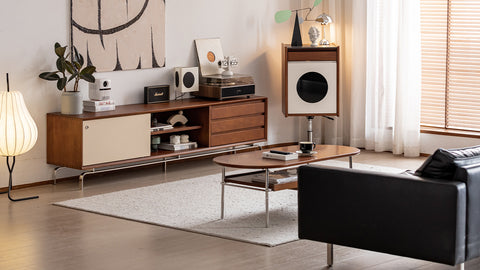
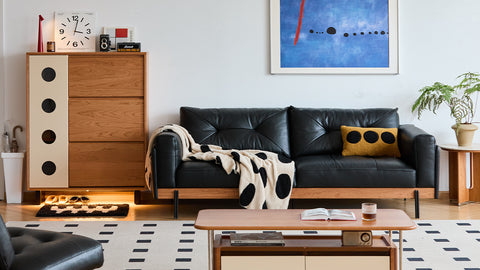
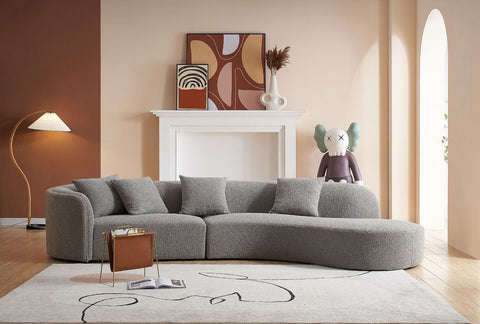
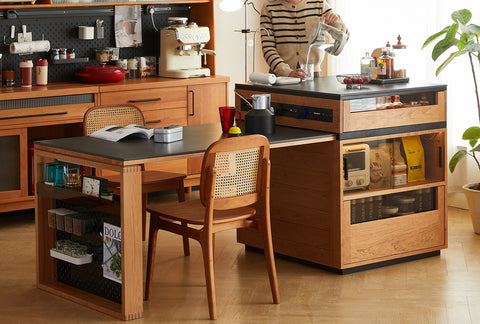
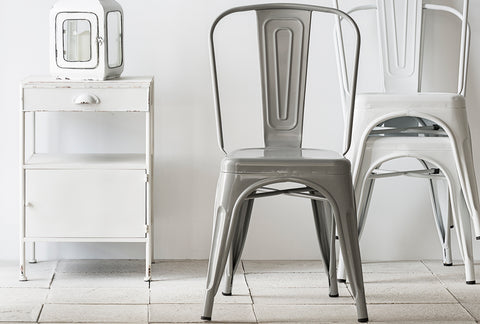
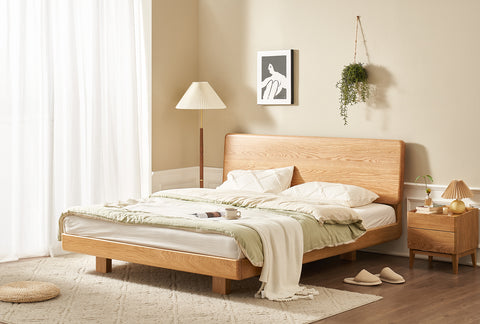
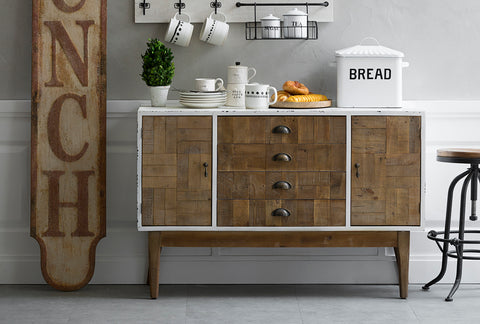




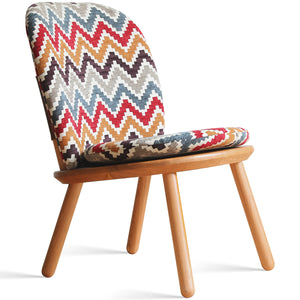
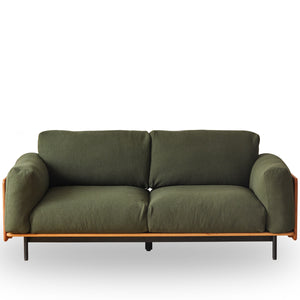

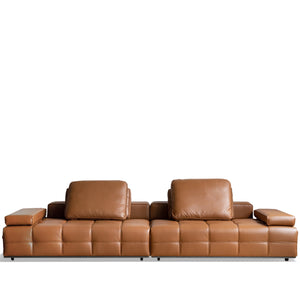
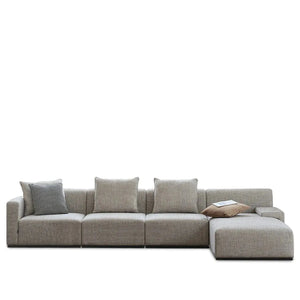
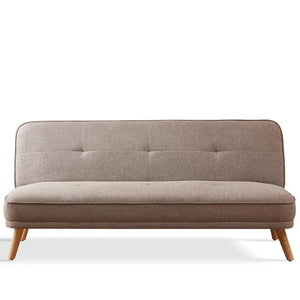
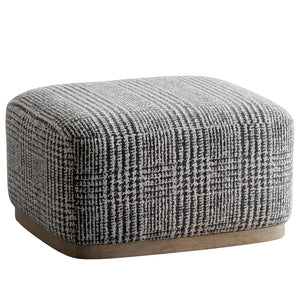

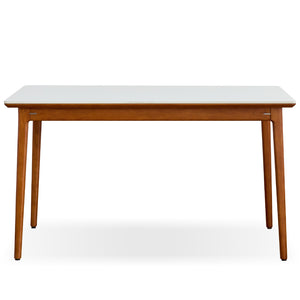

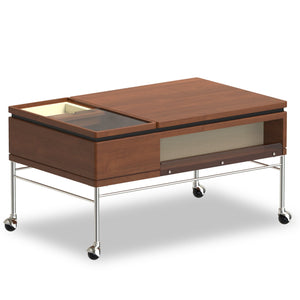
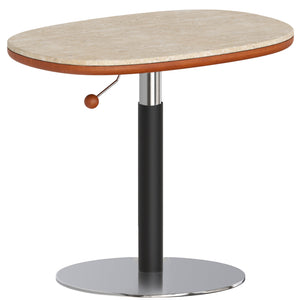
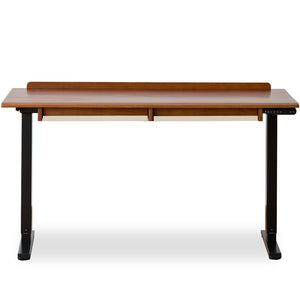


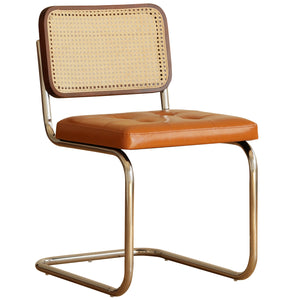
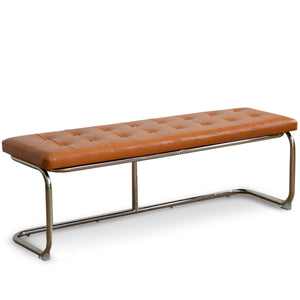
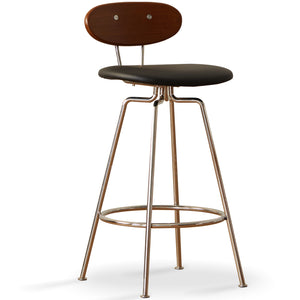
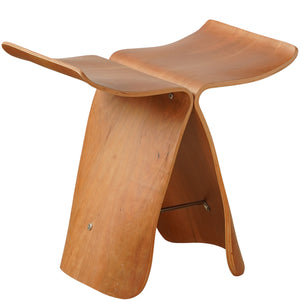
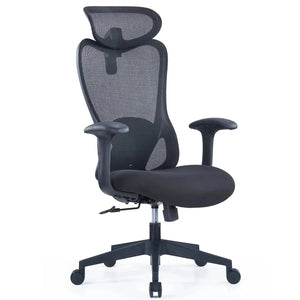

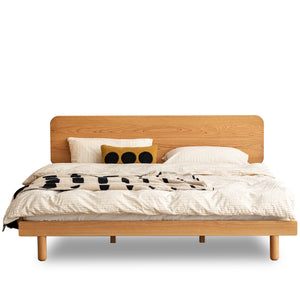
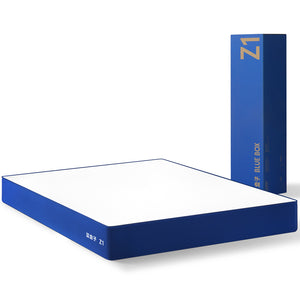

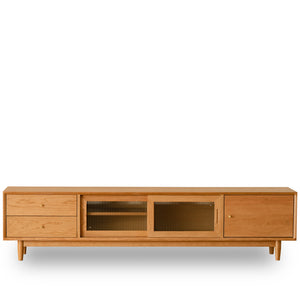
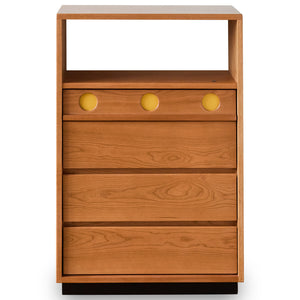
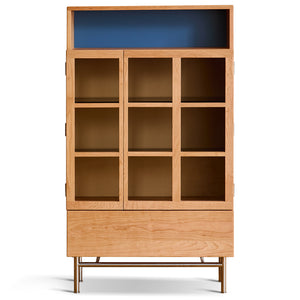

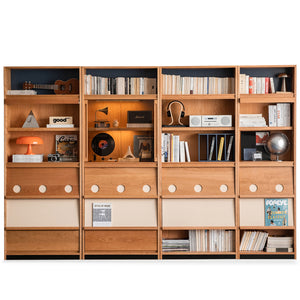


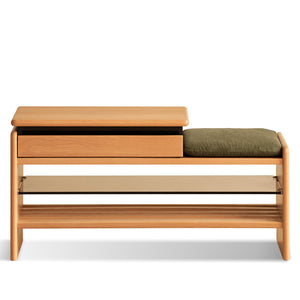
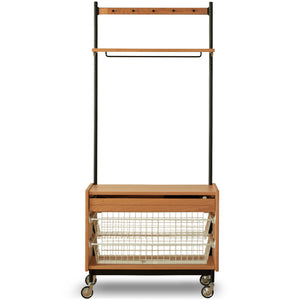






















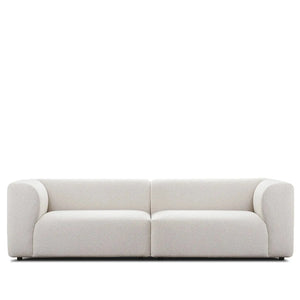






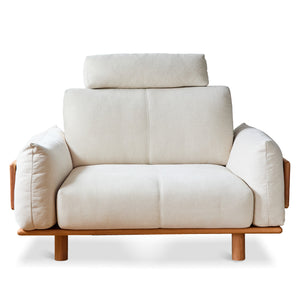
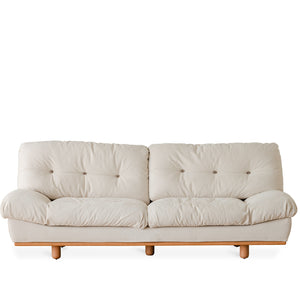
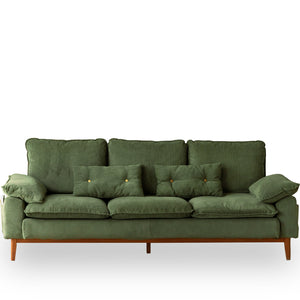
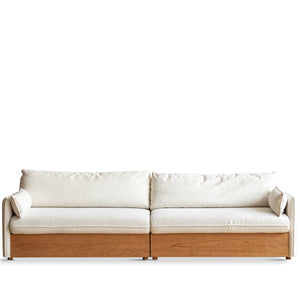
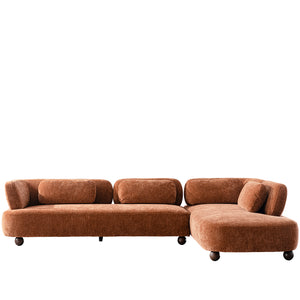
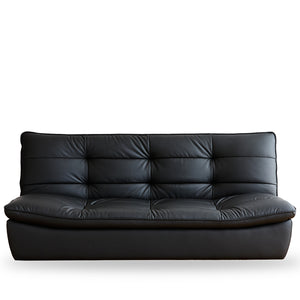


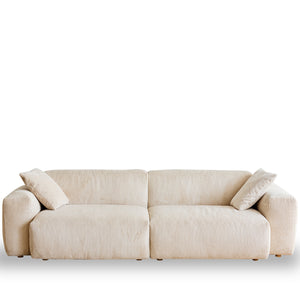

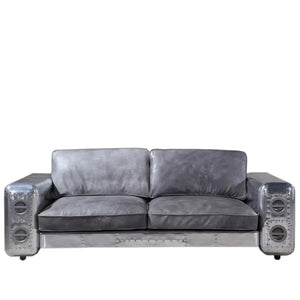
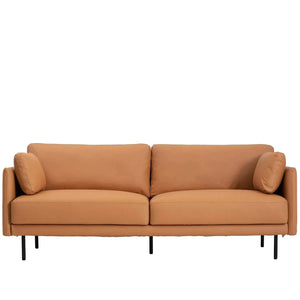
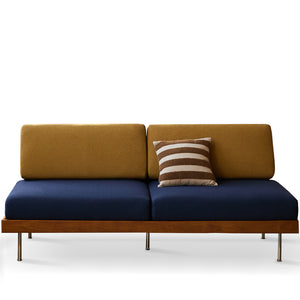

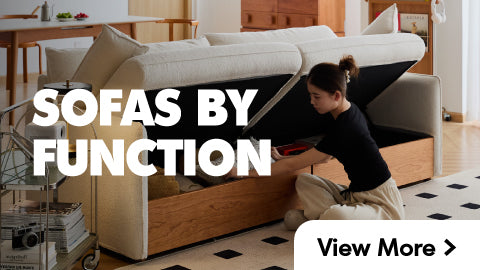

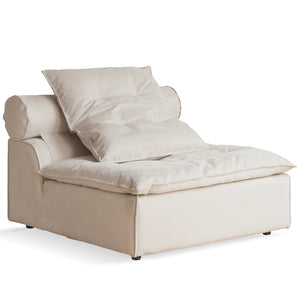
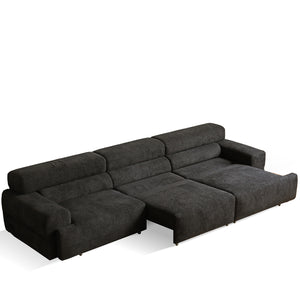
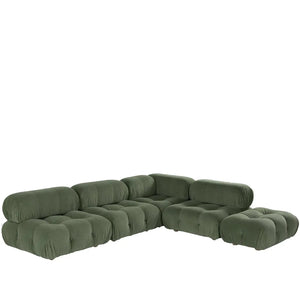
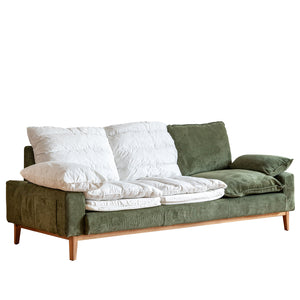
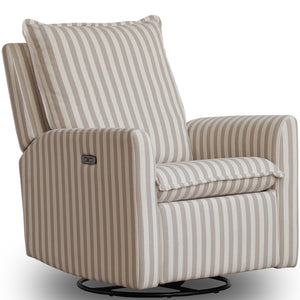

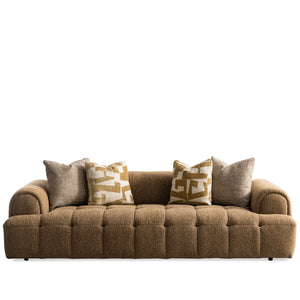
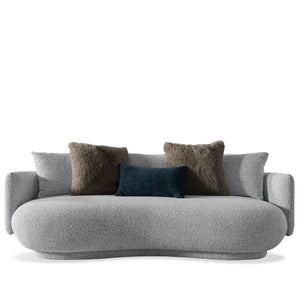

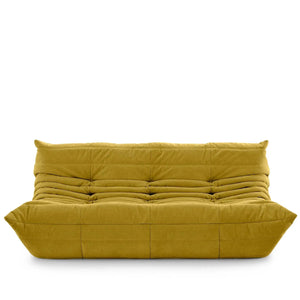
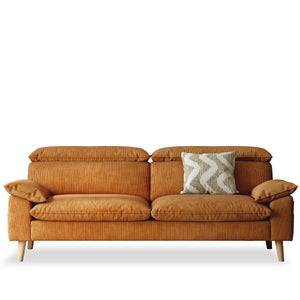
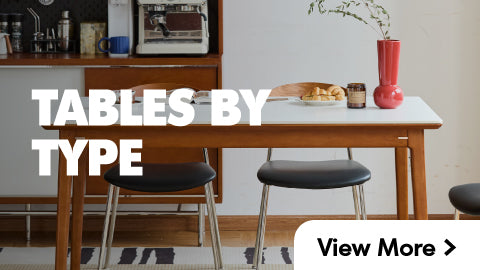

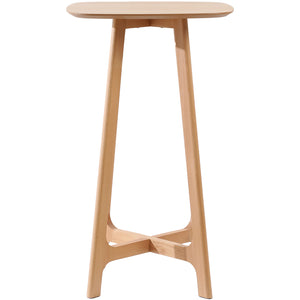
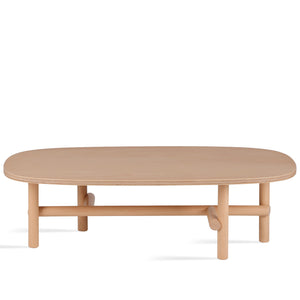
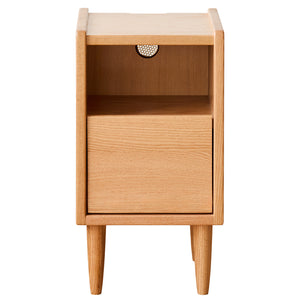
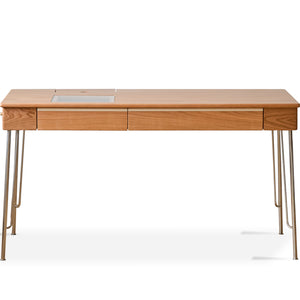
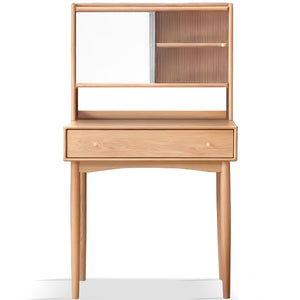


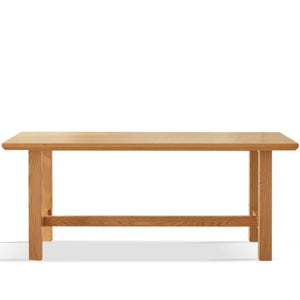
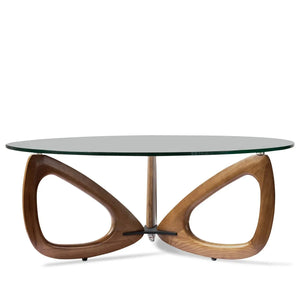

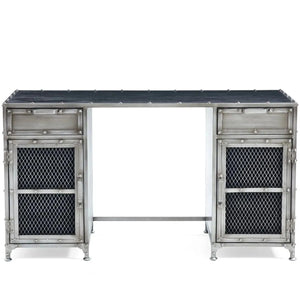
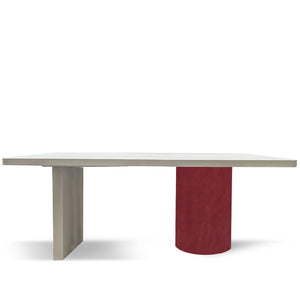

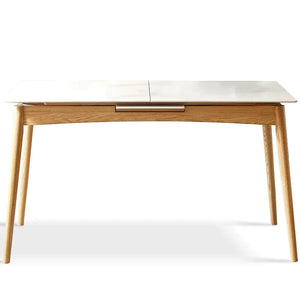
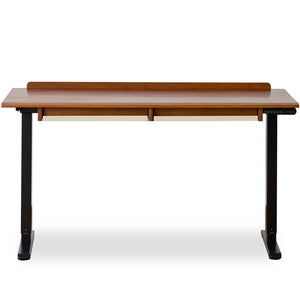
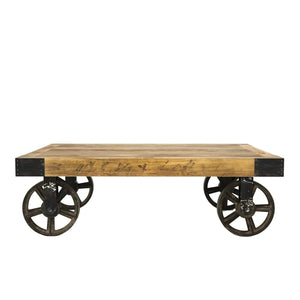
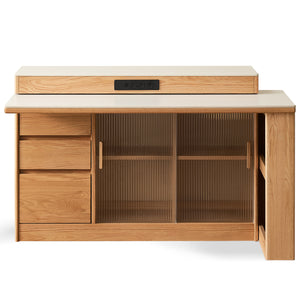
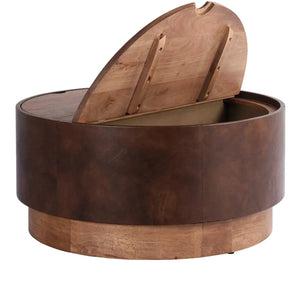

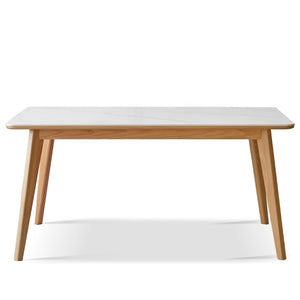
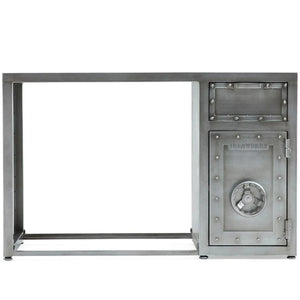
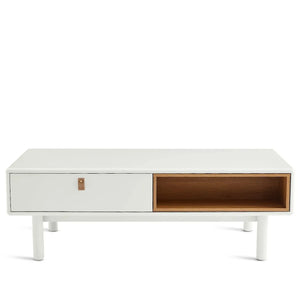
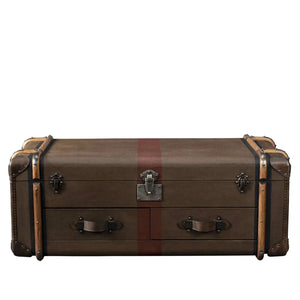
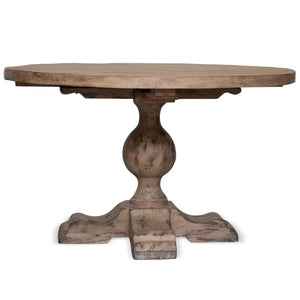

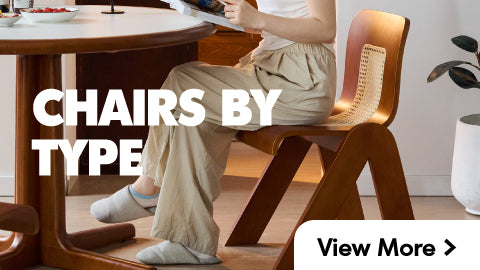
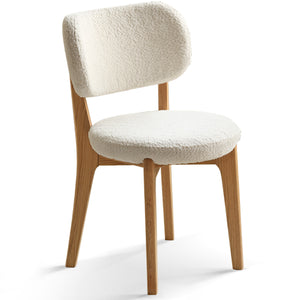
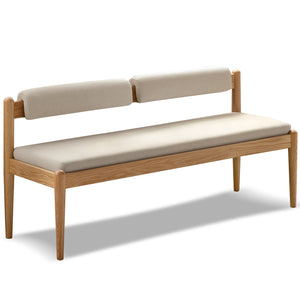
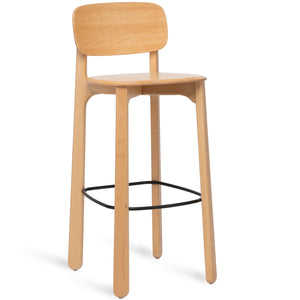
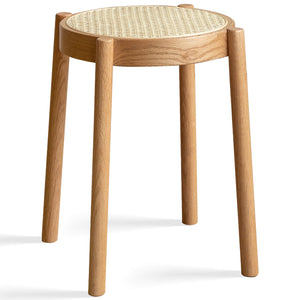
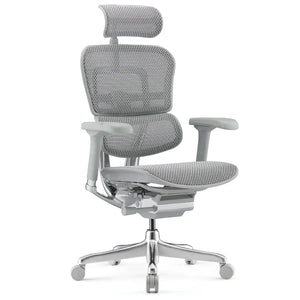
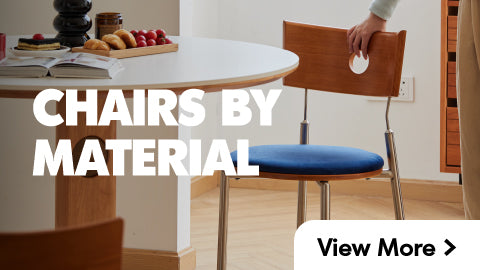
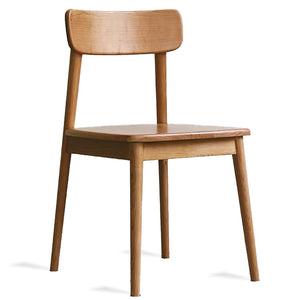
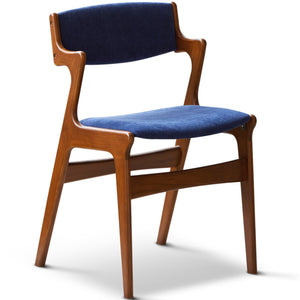

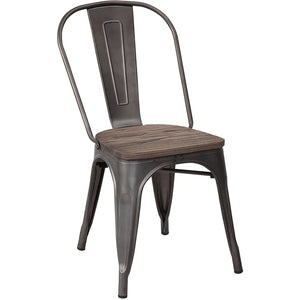
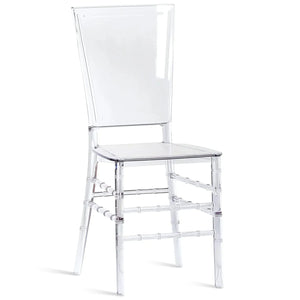
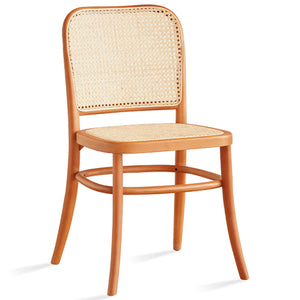
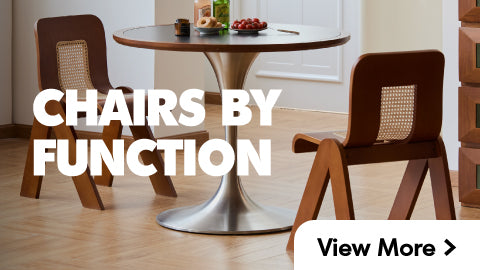


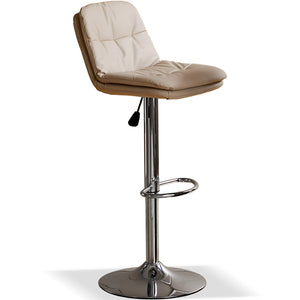

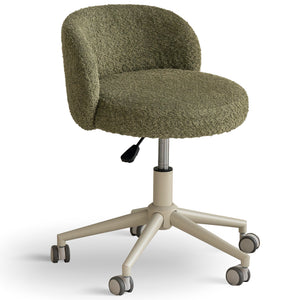
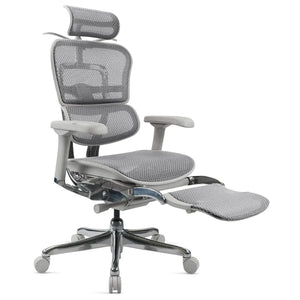

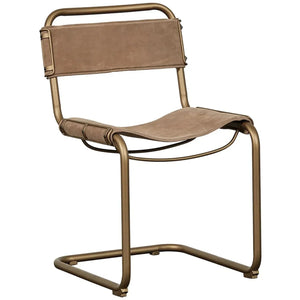
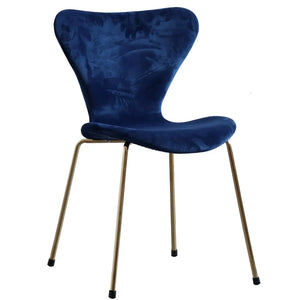
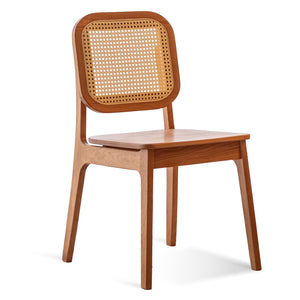
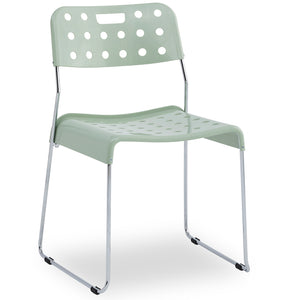
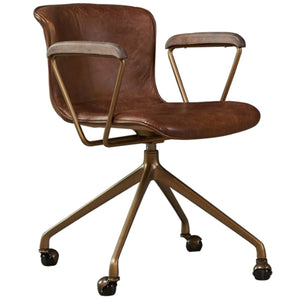

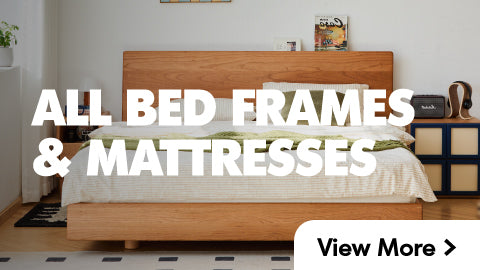
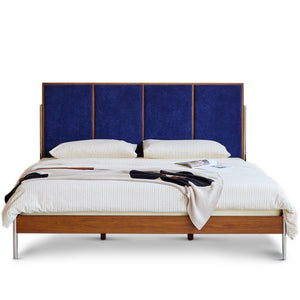

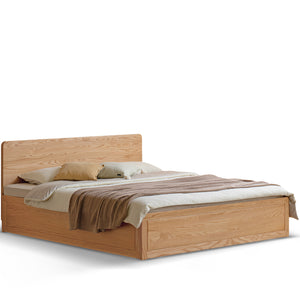
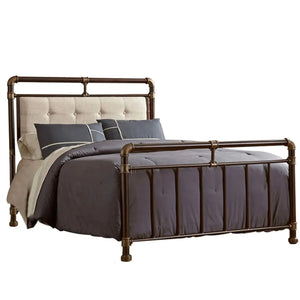
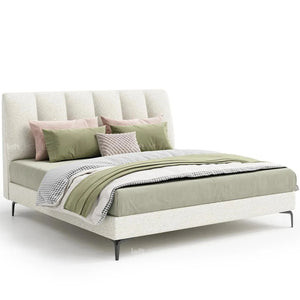
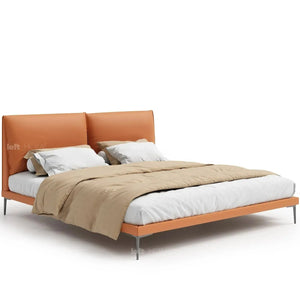
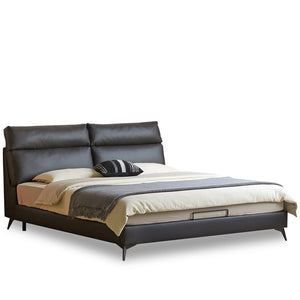
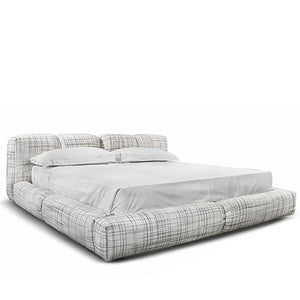

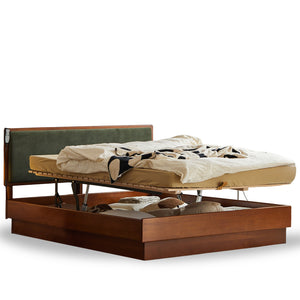
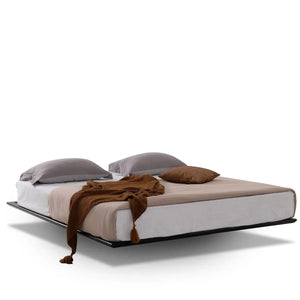
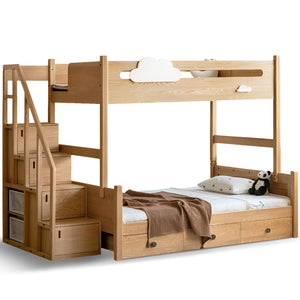
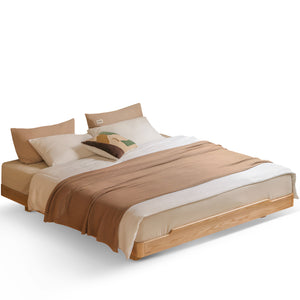

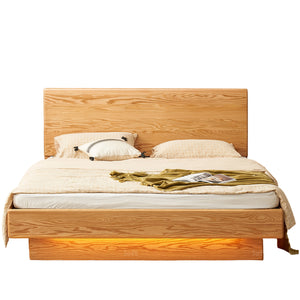

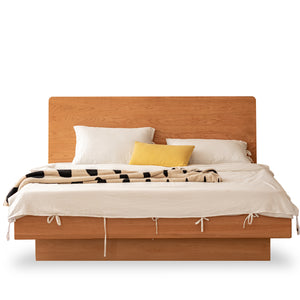
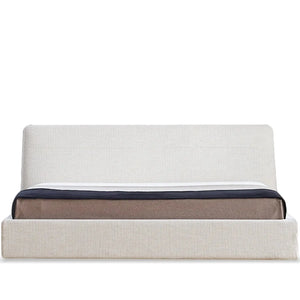


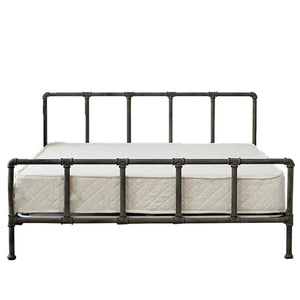

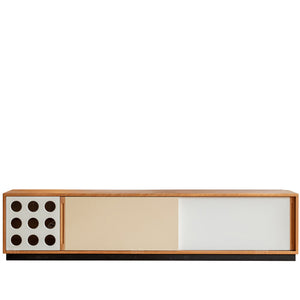

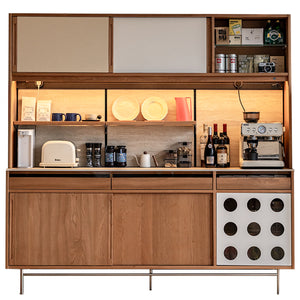
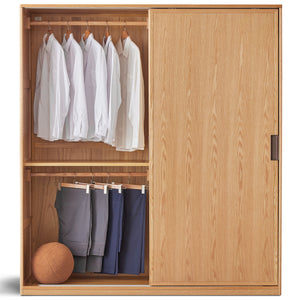
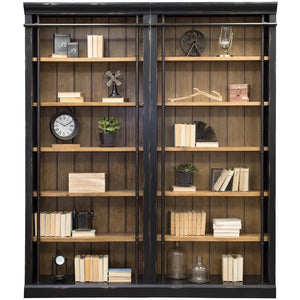
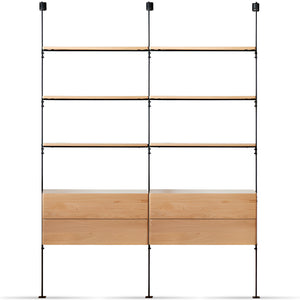
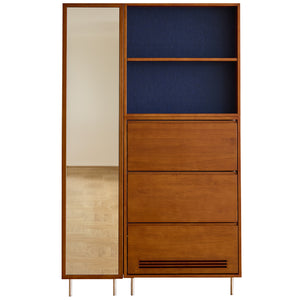
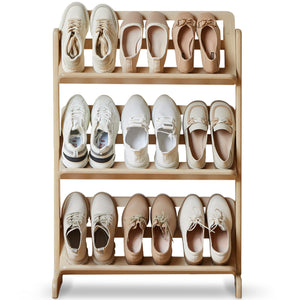
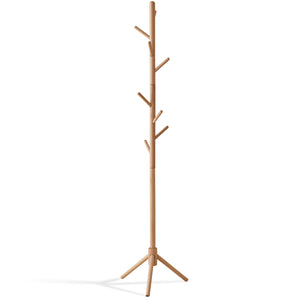
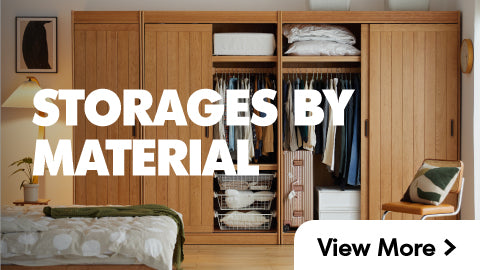
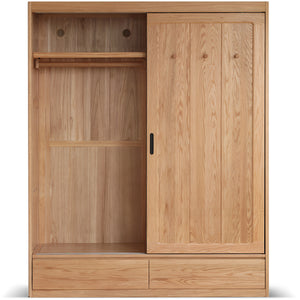
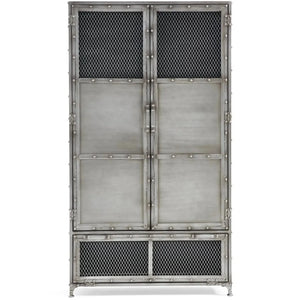
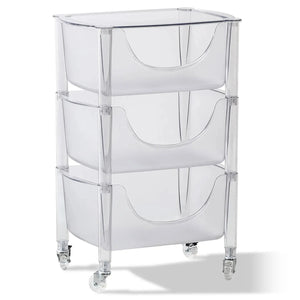

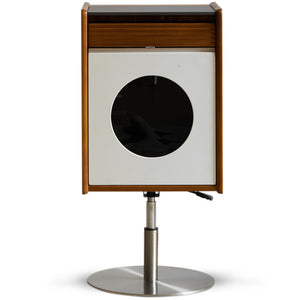
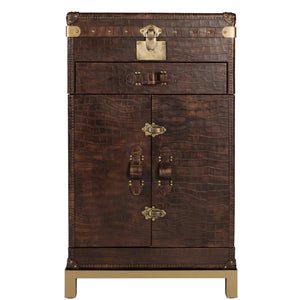
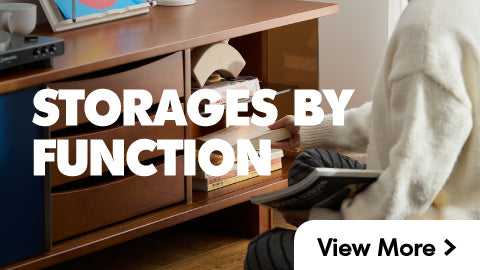

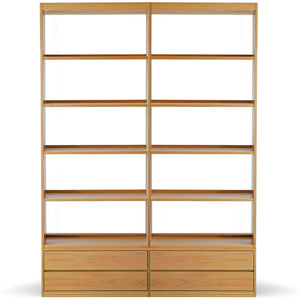
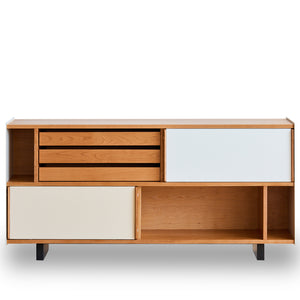
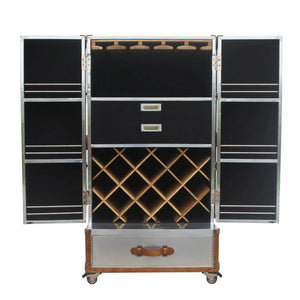
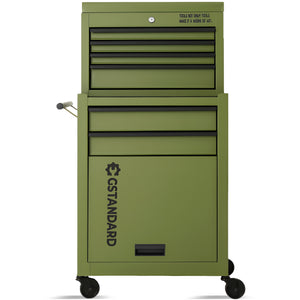
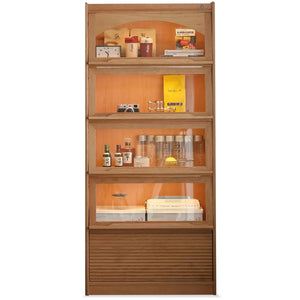

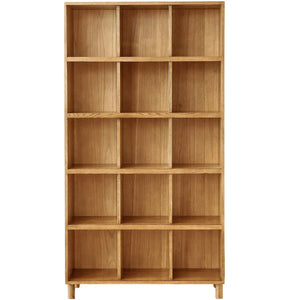
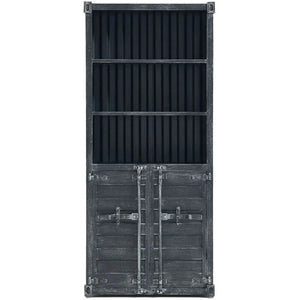
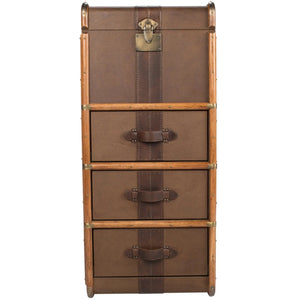
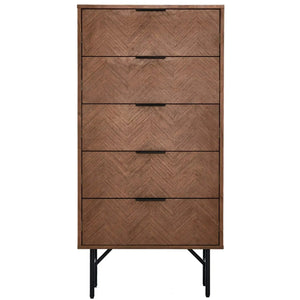

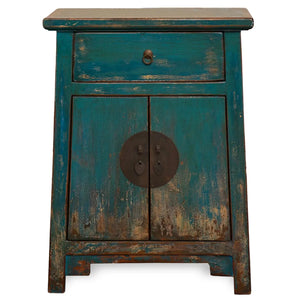


























































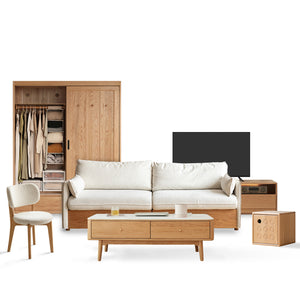
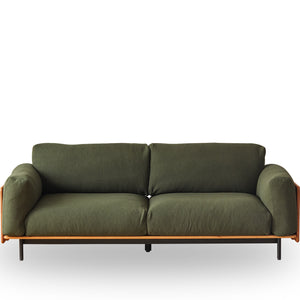
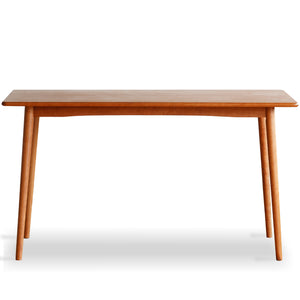
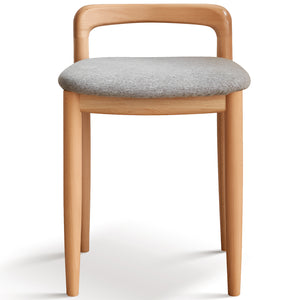
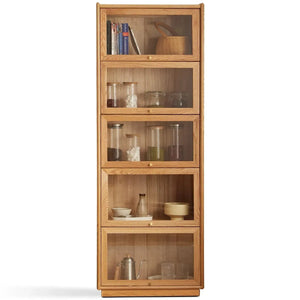



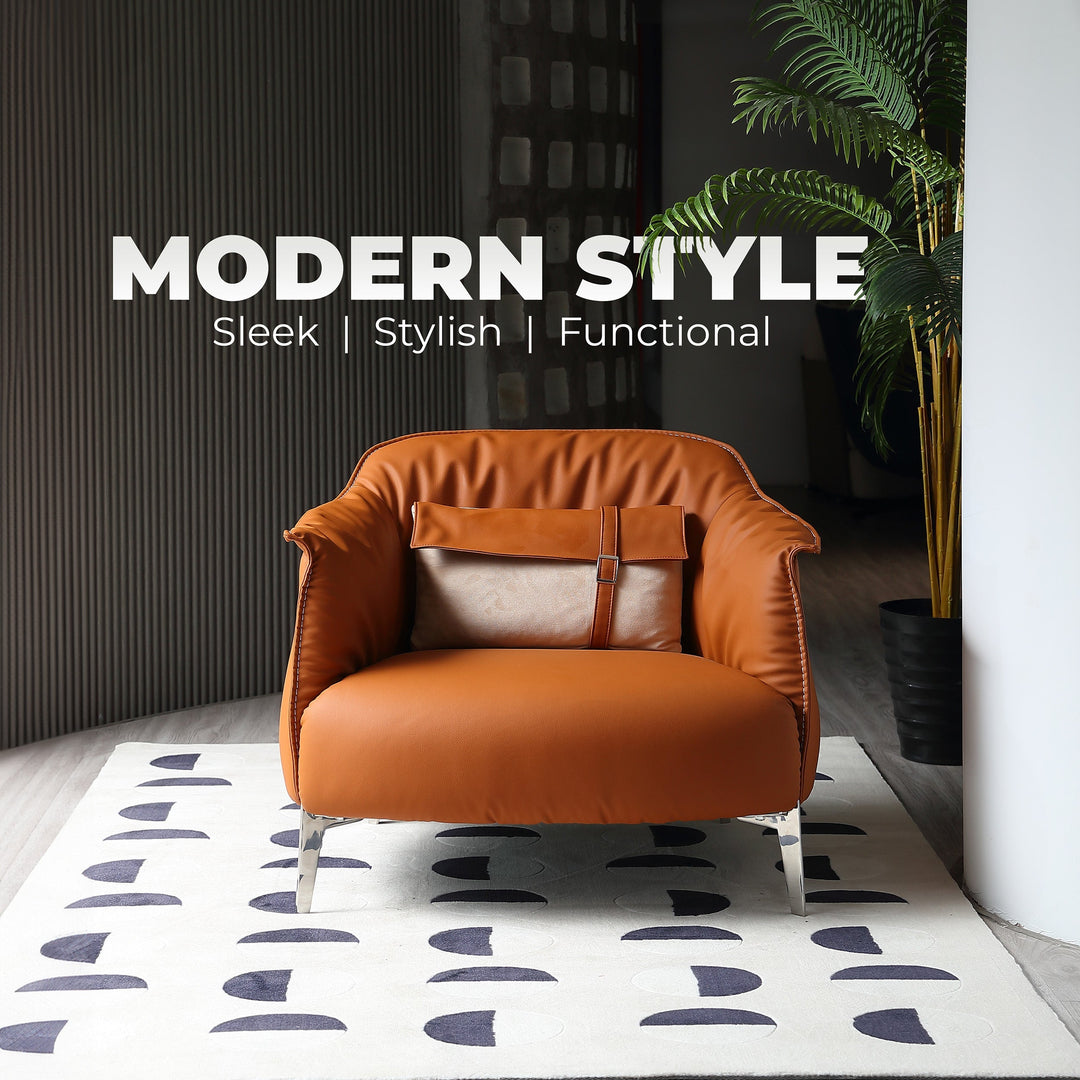
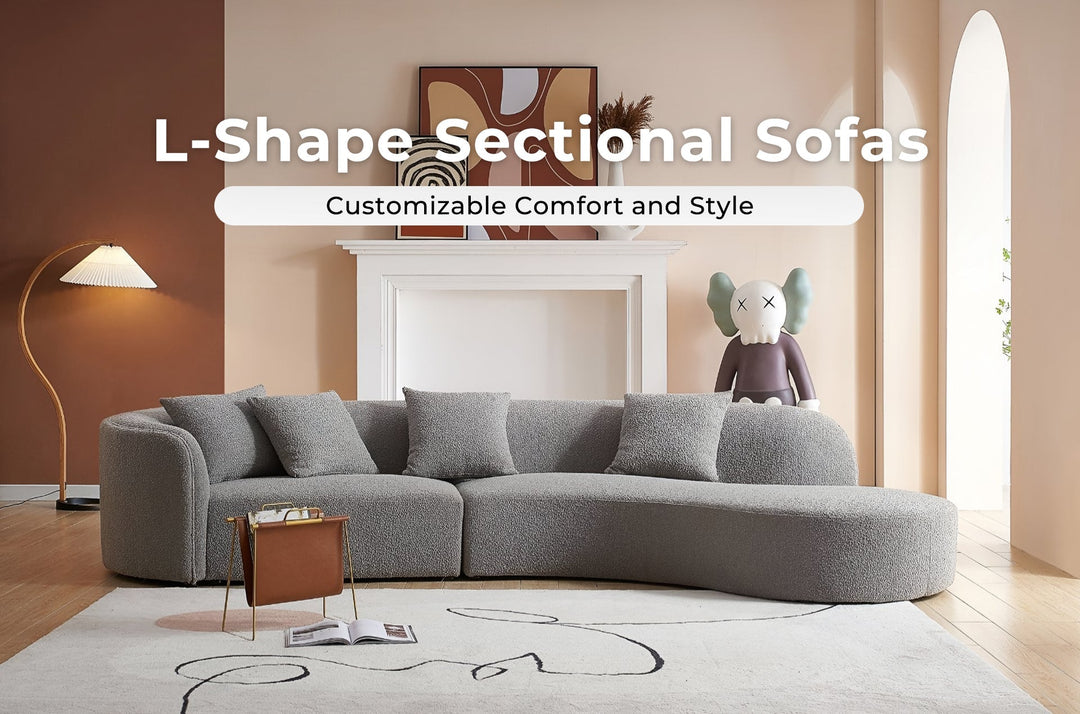

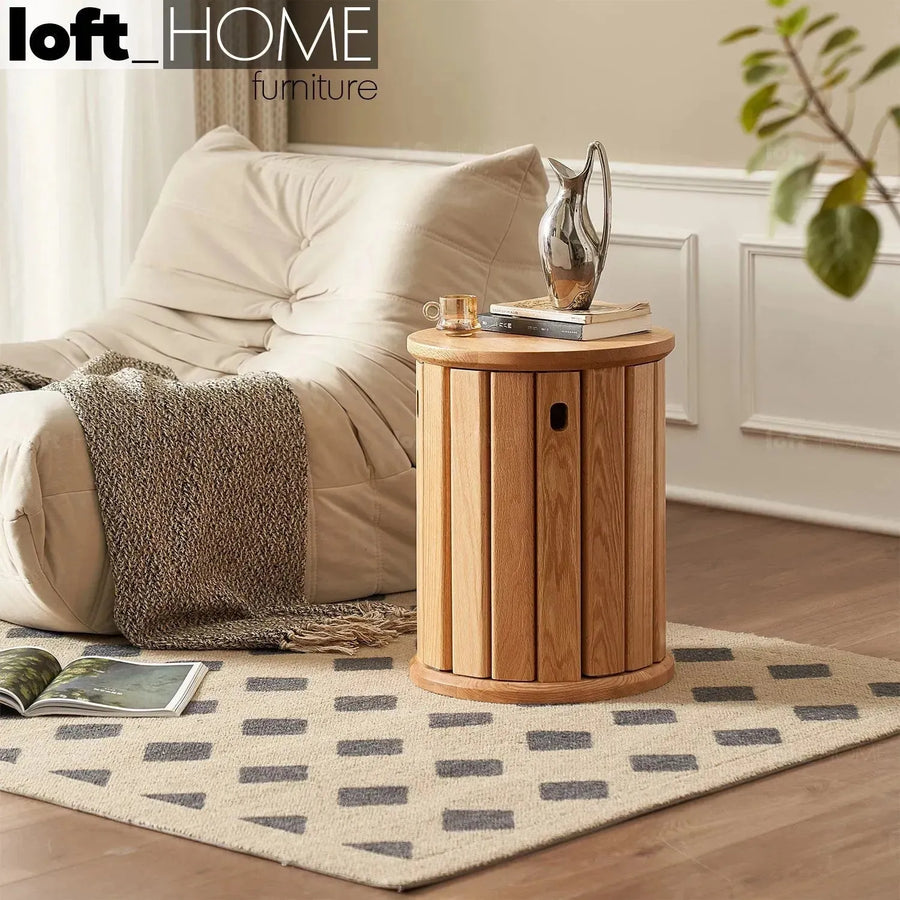
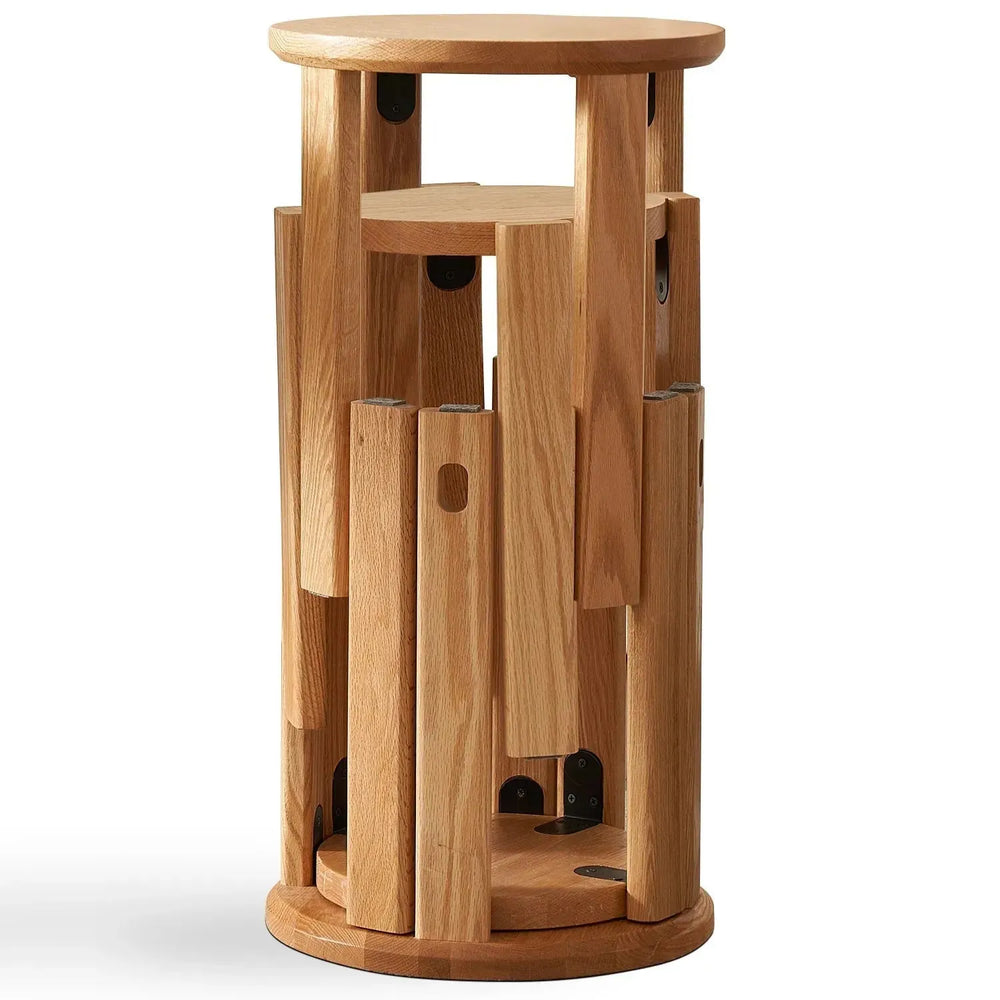



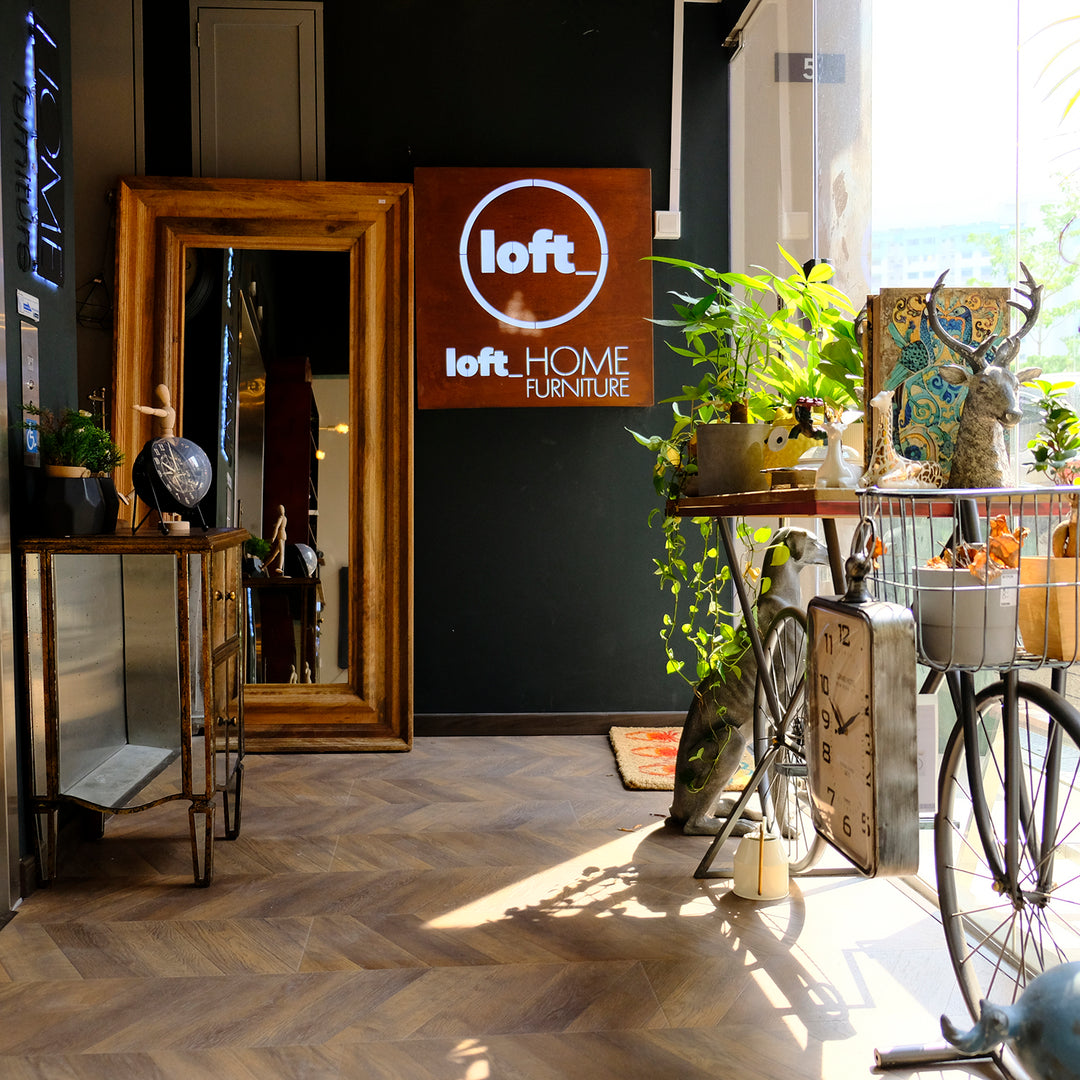
Leave a comment